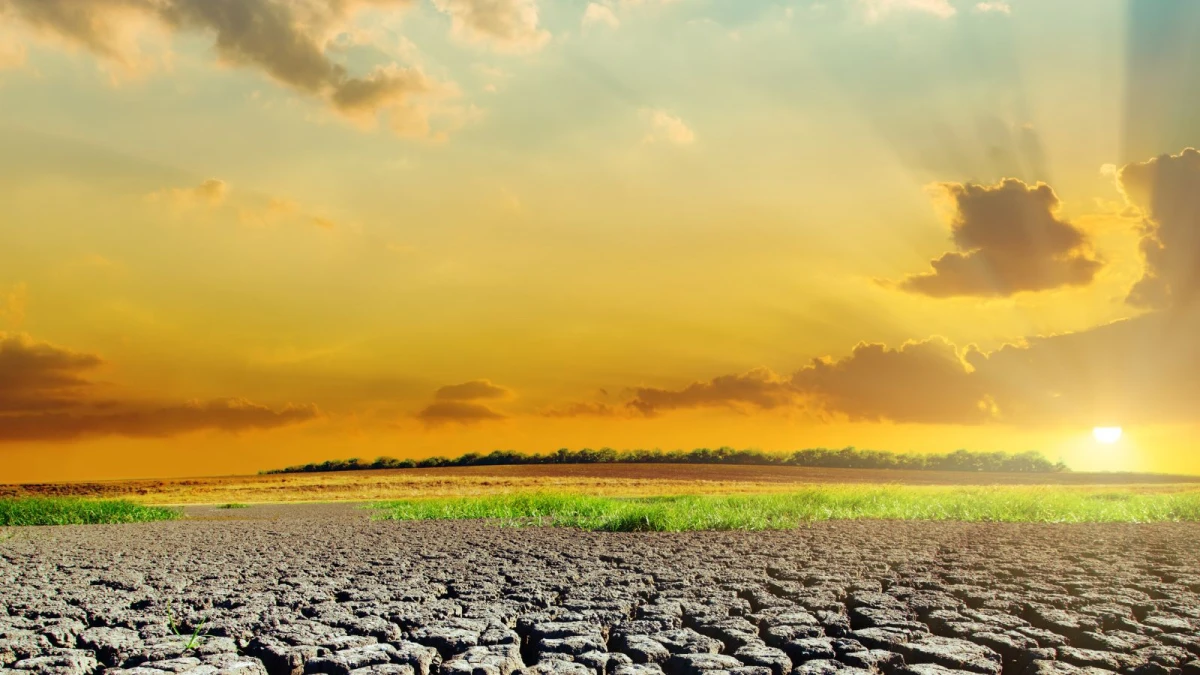
The need of further developing modelling natural catastrophes
How do you see the trend with natural catastrophes in the world? Is global warming impacting this trend strongly?
‘Yes, climate change is of course a major topic for all insurers and reinsurers, and for society as a whole. We have seen a clear overall increase in frequency and severity. That’s to be expected, because a temperature increase of just 1°C causes a 7 percent increase in water vapor. But climate change doesn’t just impact one peril; it has effects through a combination of several perils. Atmospheric changes are closely correlated with changes in sea temperature and sea composition in different regions. There is an impact on the probability of occurrence of hurricanes, extratropical cyclones and typhoons, as well as the trends and trajectories of hurricanes. The same goes for many other perils, incorrectly called ‘secondary’ perils, such as severe convective storms, drought and wildfires. And this is all evolving very fast, so past statistics alone cannot replicate what is already happening or what is going to happen in the future.’ What are the challenges for modelling? E.g. for floods in France vs Germany?
What is the role of actuaries in these models?
‘Well, climate change is increasingly taken into consideration by Nat Cat model vendors. Global warming of approximately 1.1°C since the preindustrial era has already triggered radical changes in the behaviour of climate hazards. To anticipate other future changes, we draw on scientific research and various models from all over the world, including the main vendor models that can help us adapt the probability of occurrence in the events catalogue. That first step is now a must, with pressure also coming from regulators and rating agencies.



